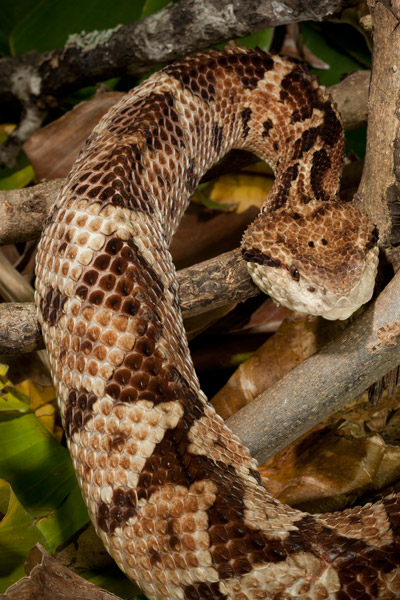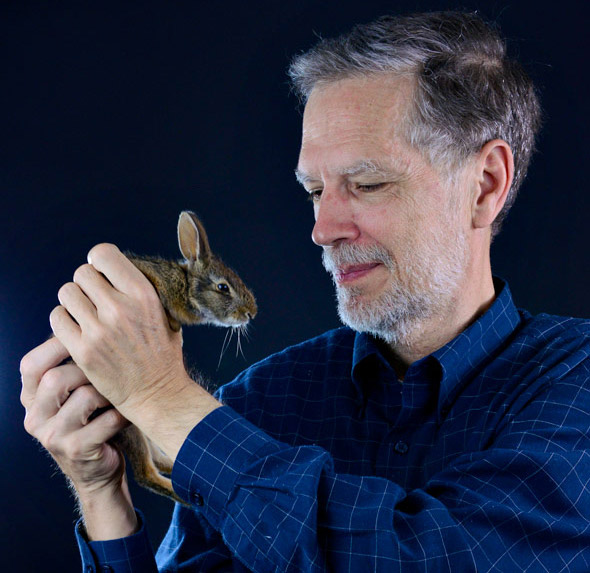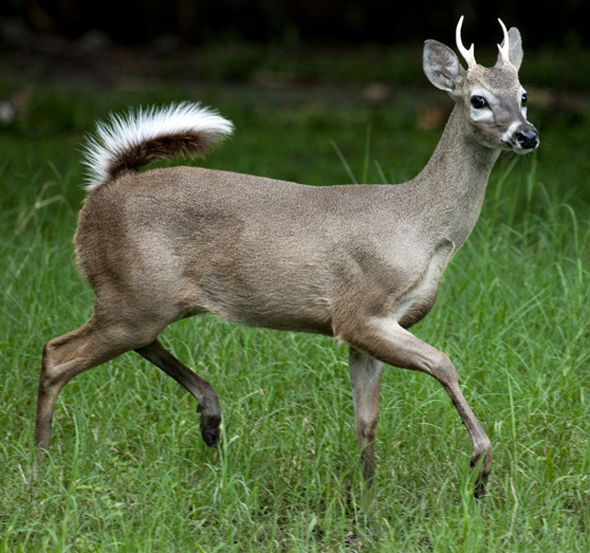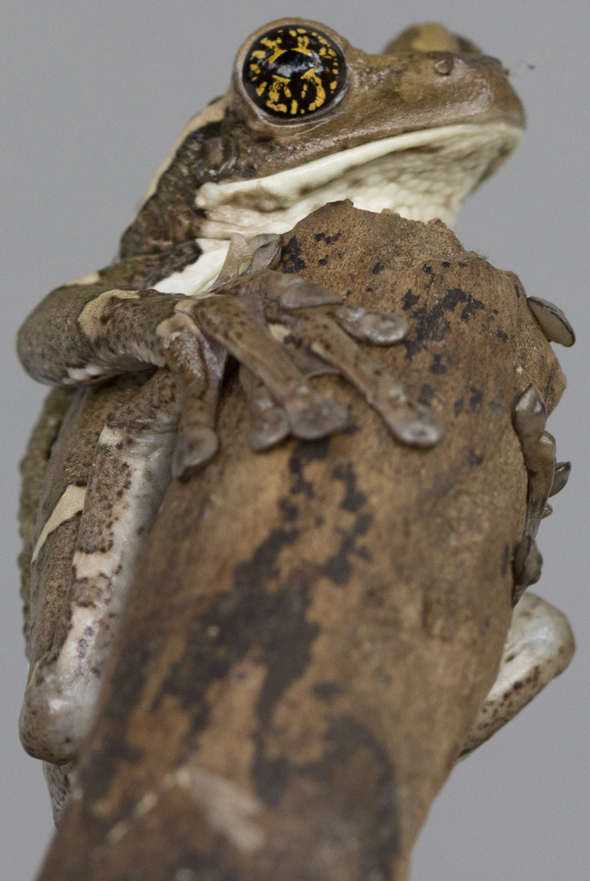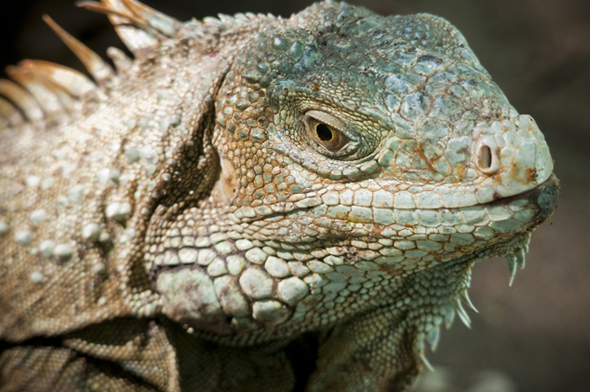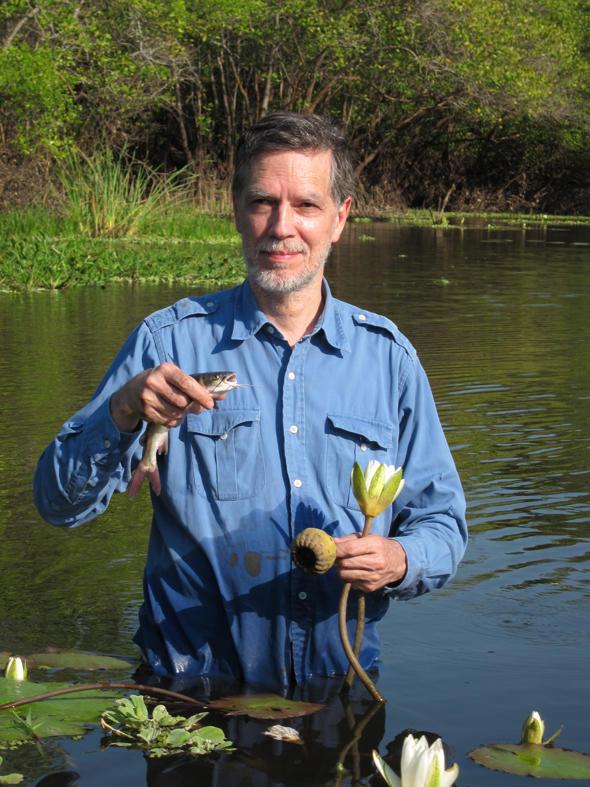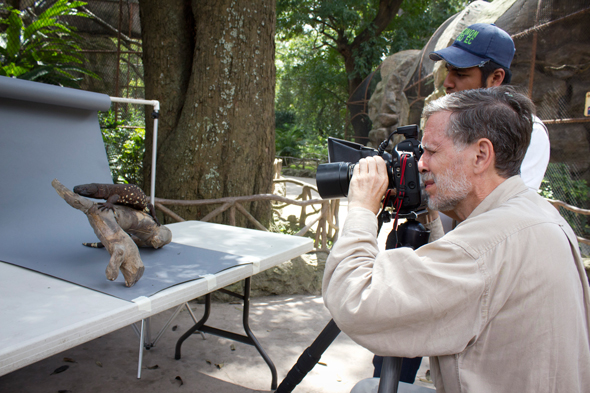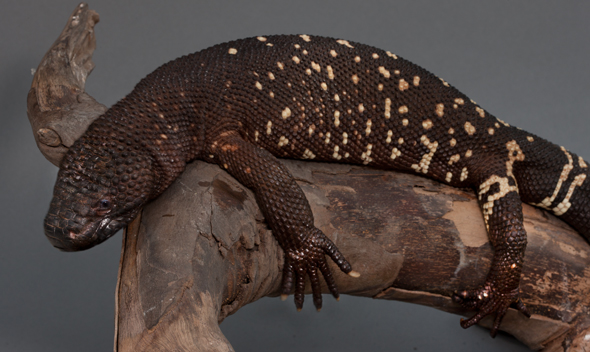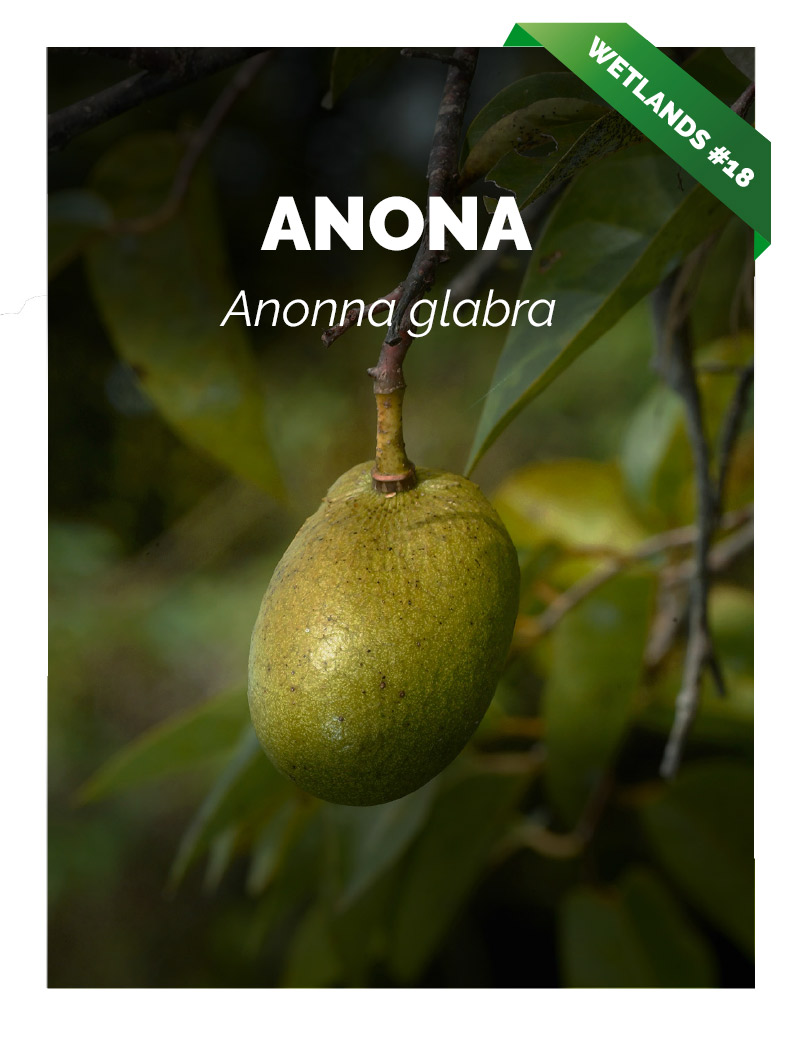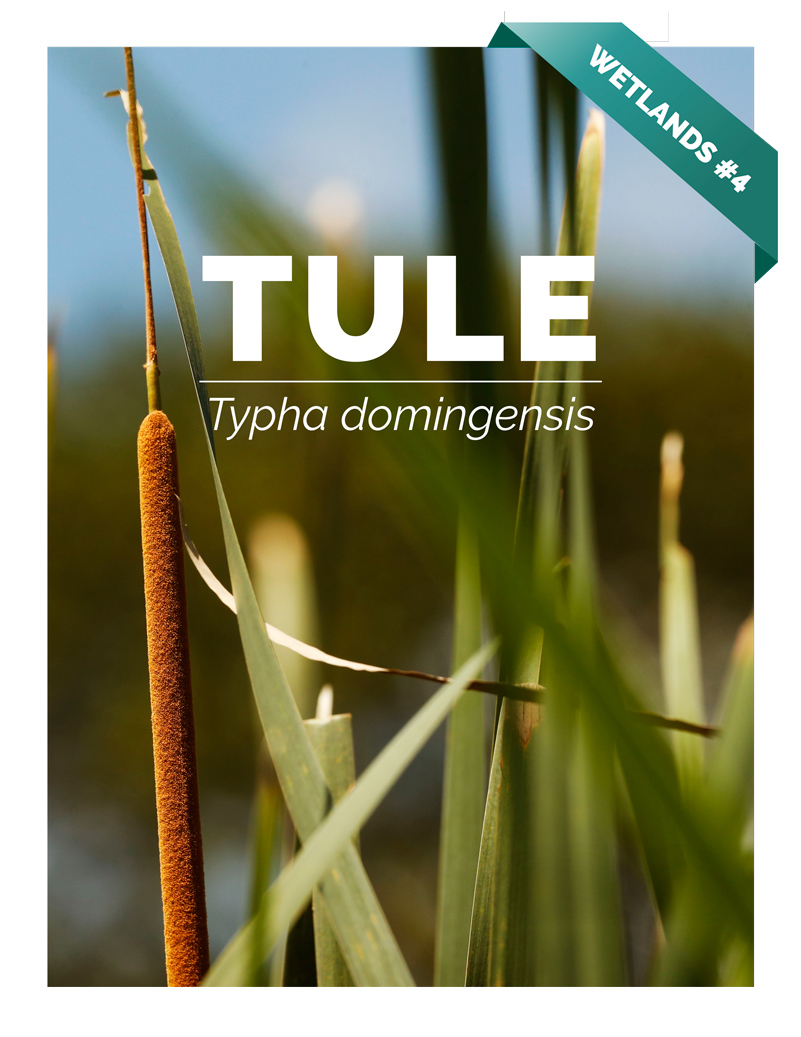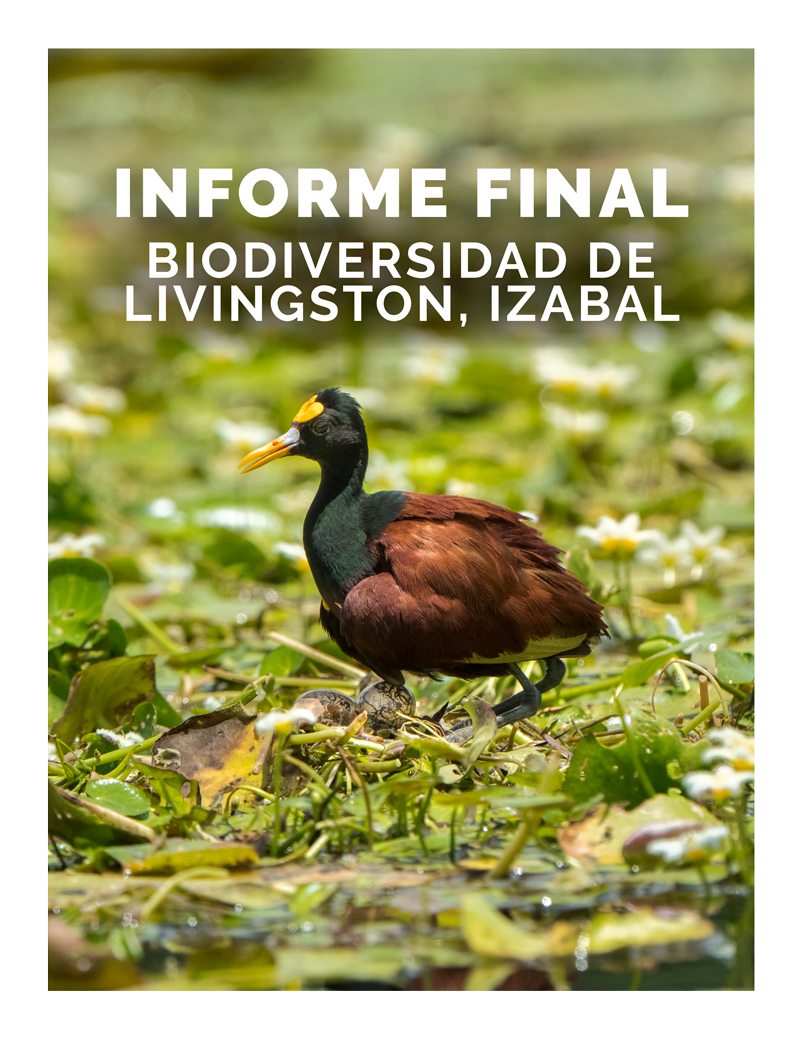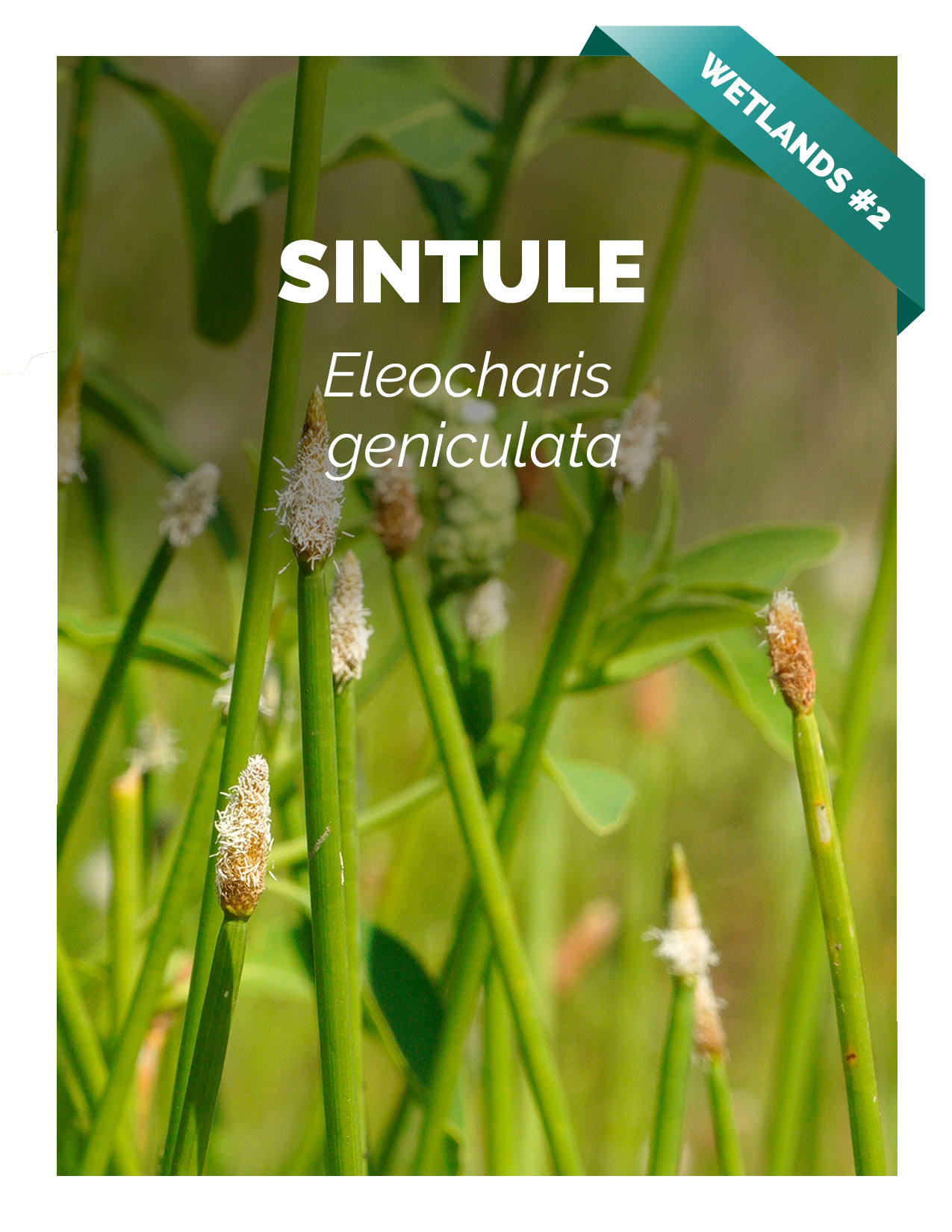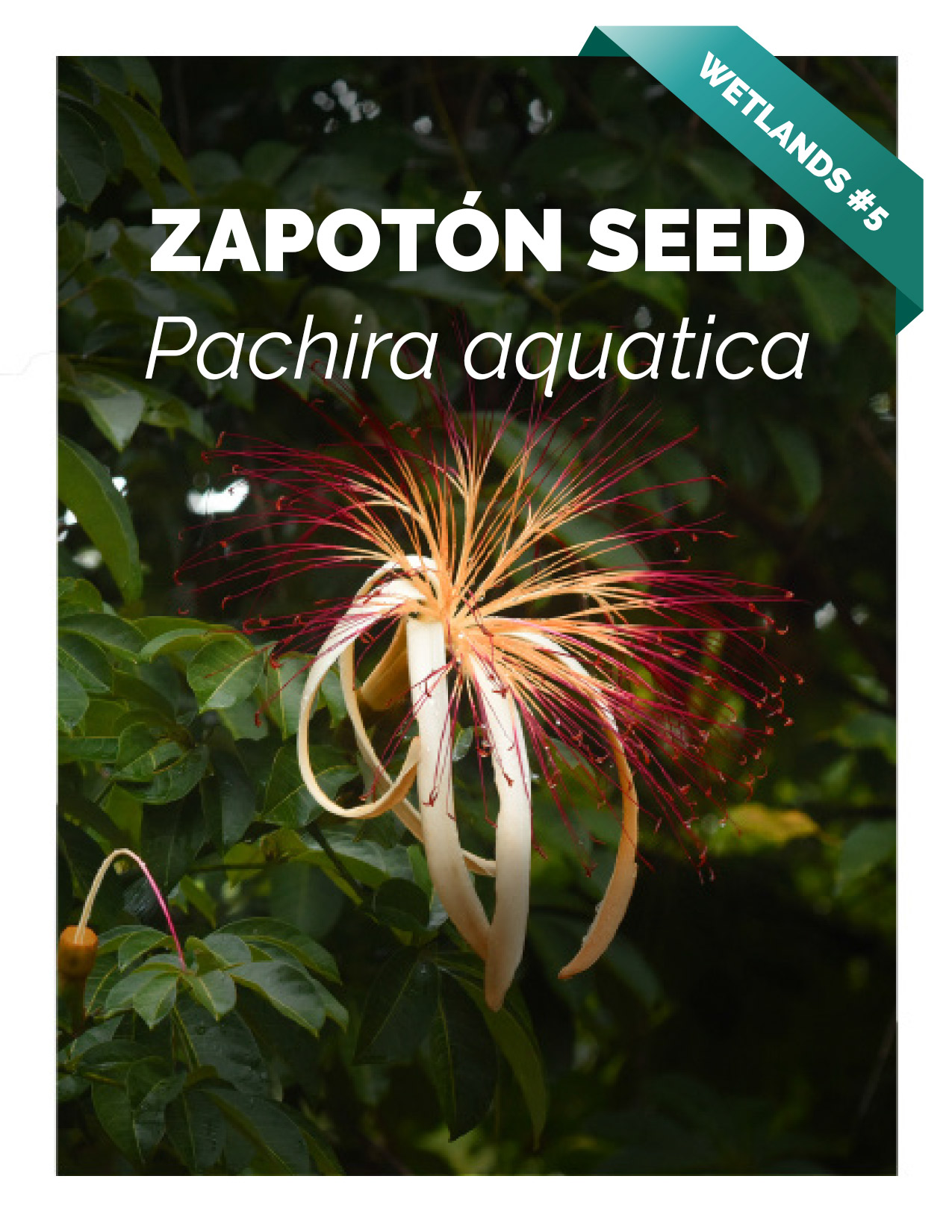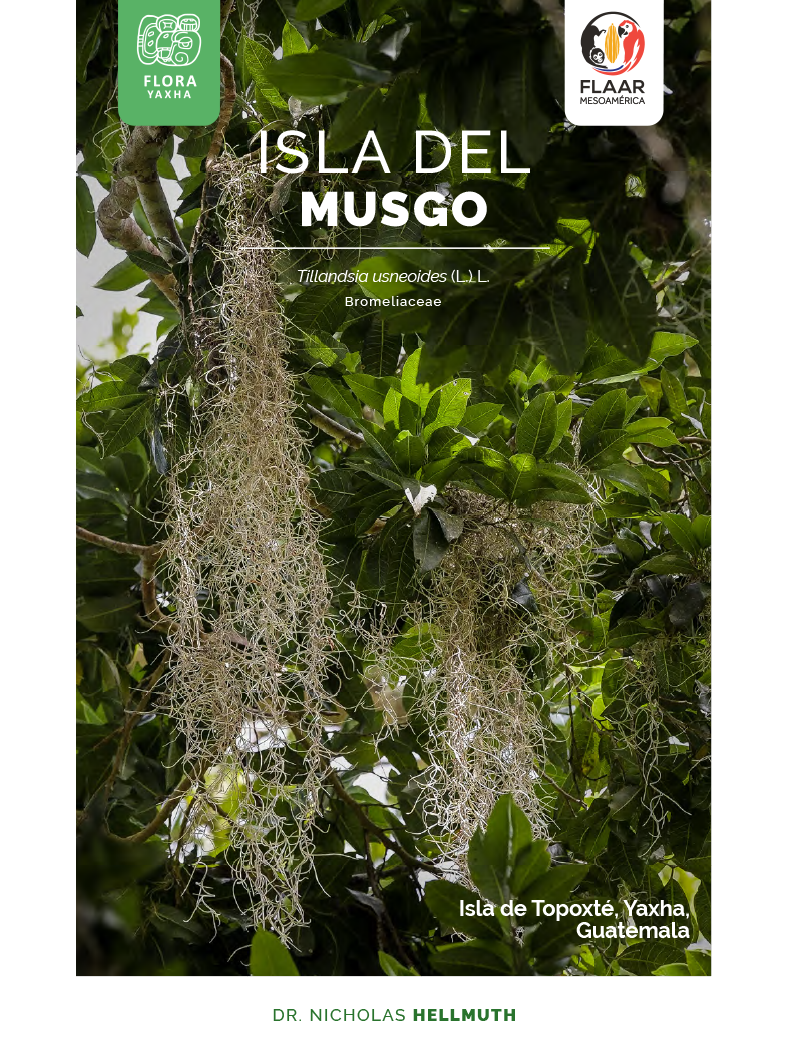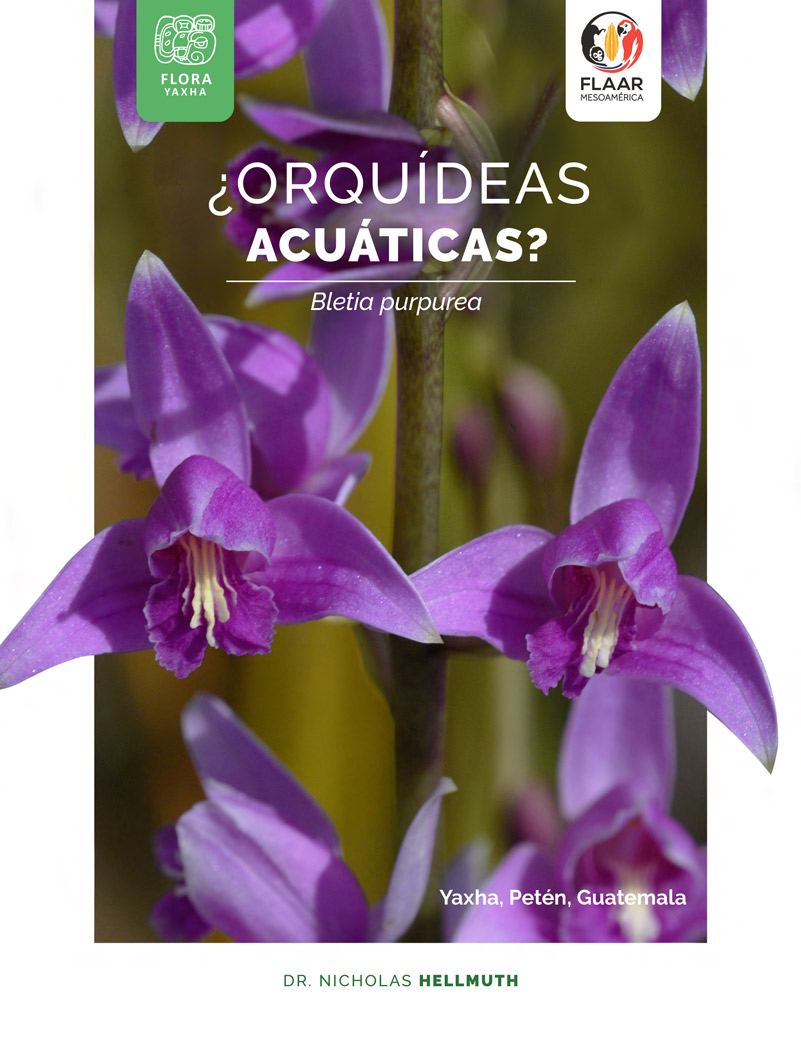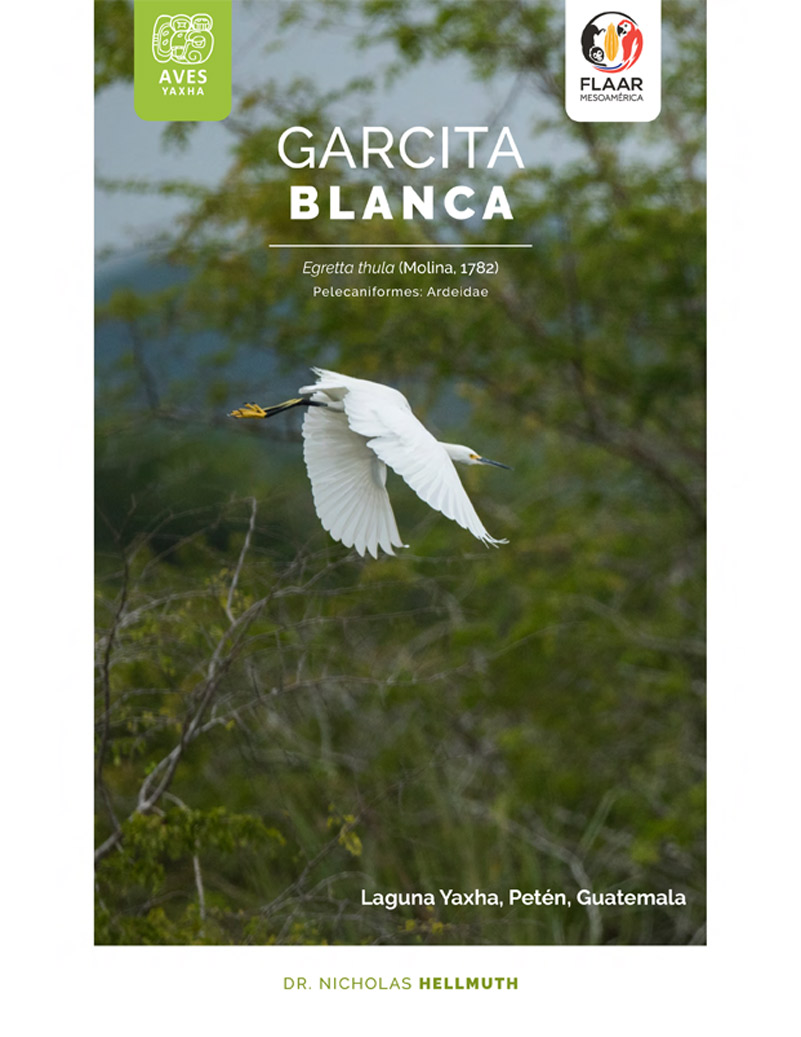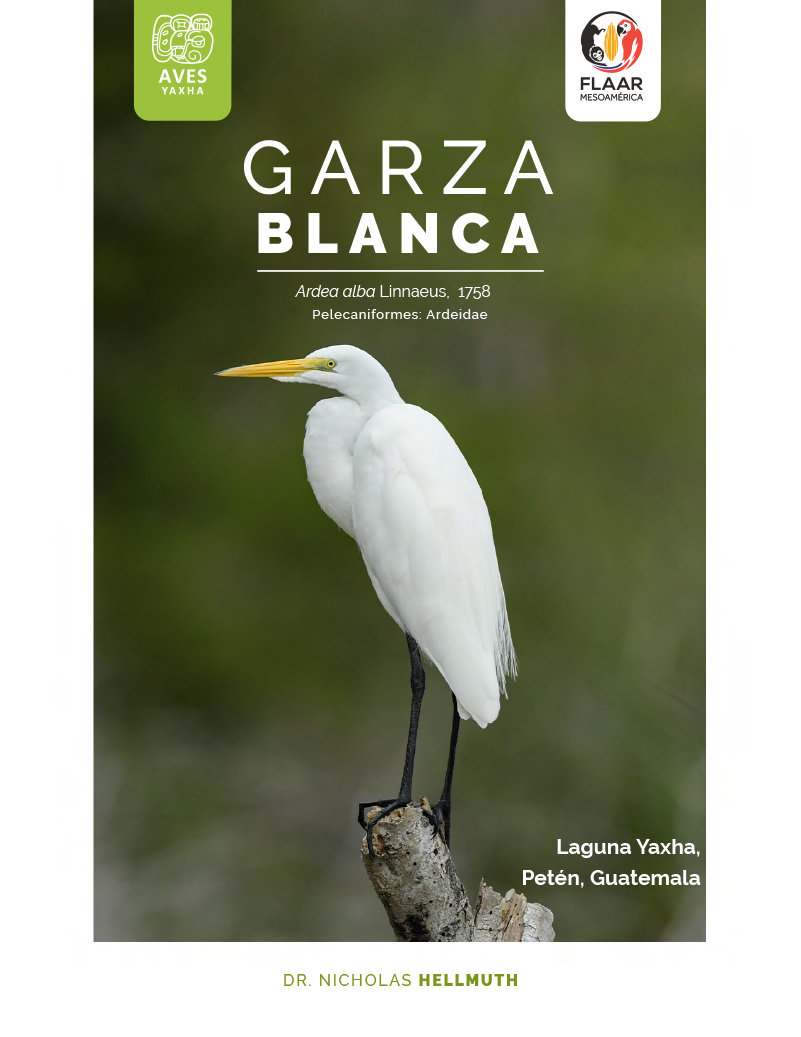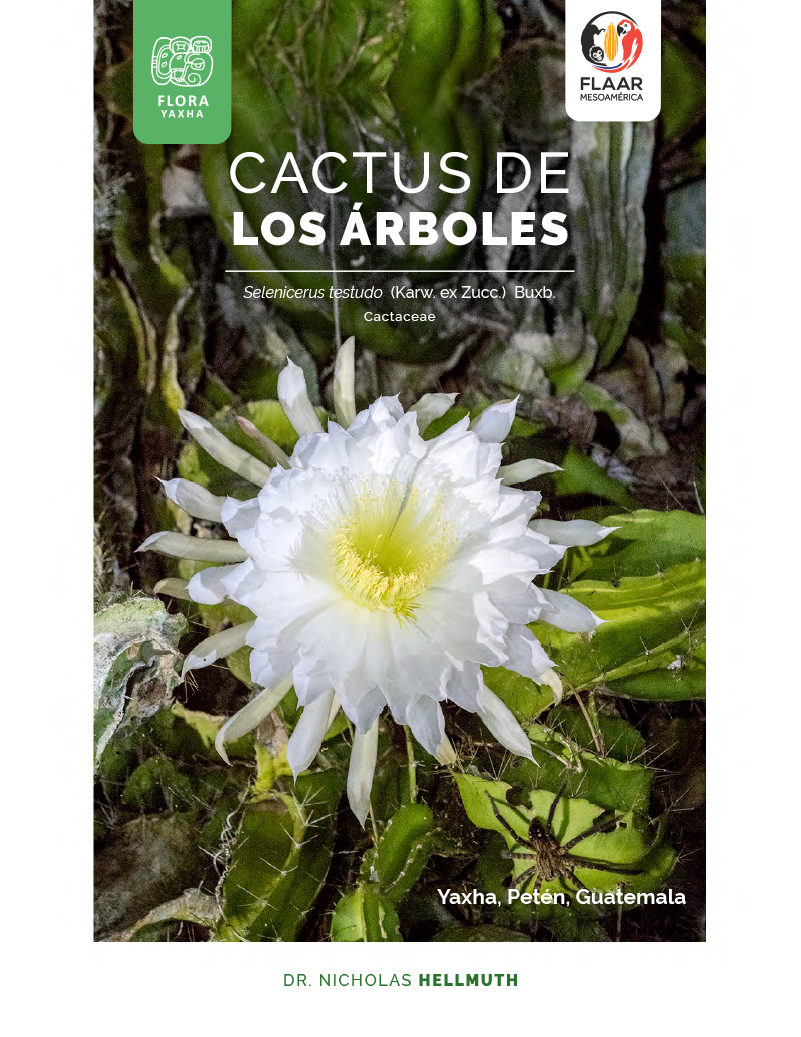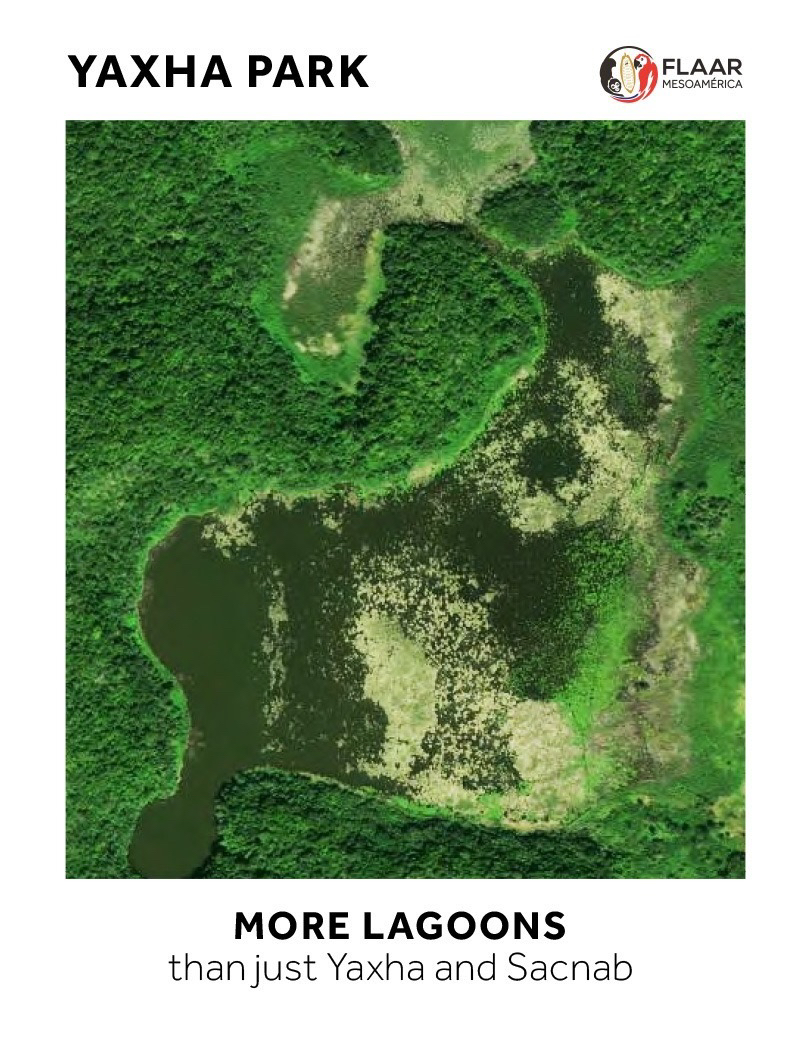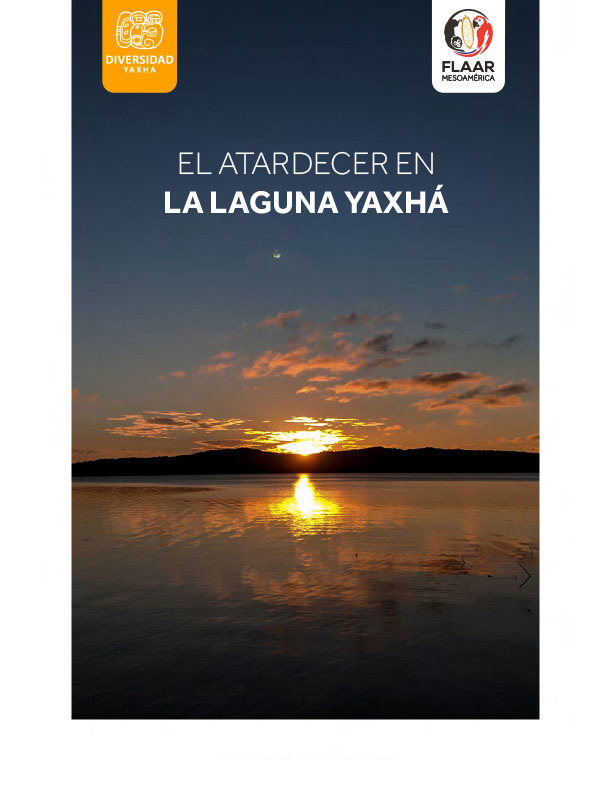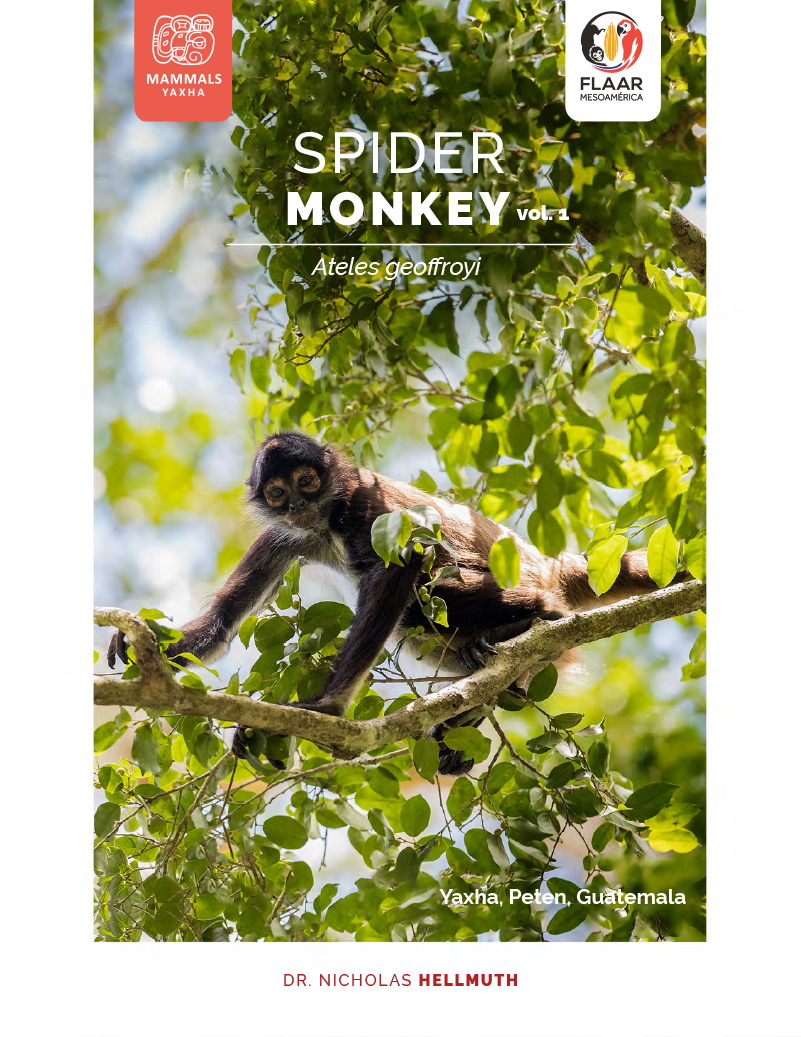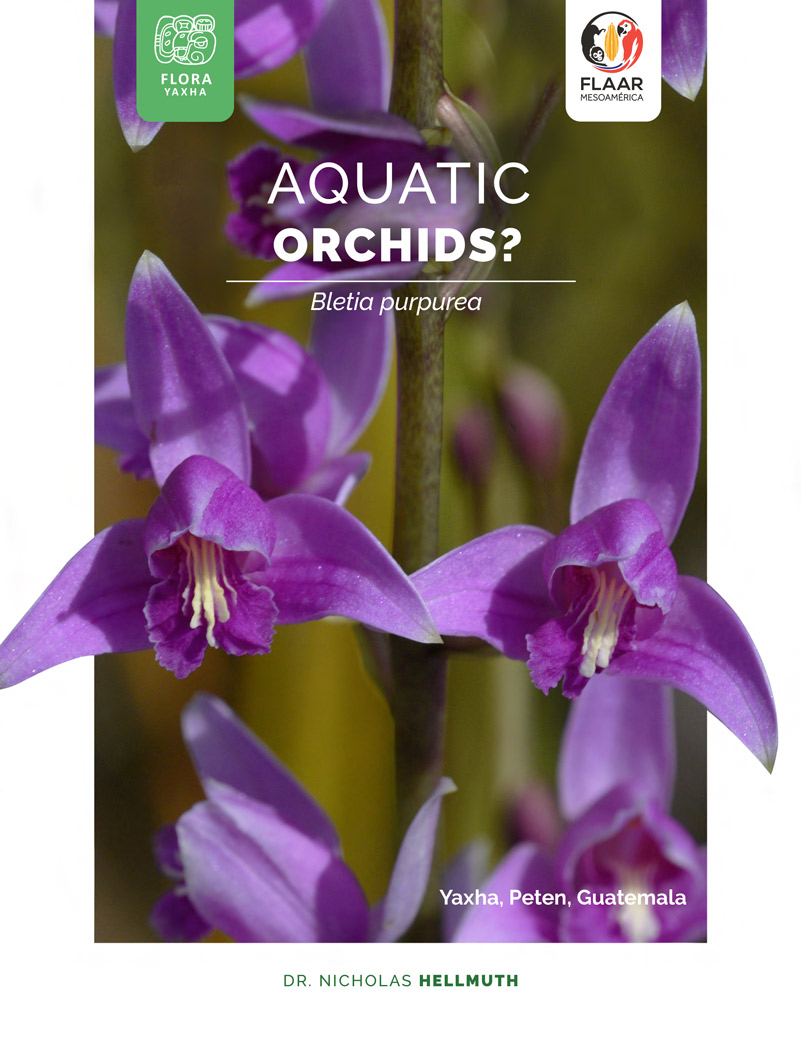Posted December 26, 2012
Since so many snakes are pictured in Maya stelae, murals, ceramics, and mentioned in Maya myths it is helpful to have good photographic references for iconographers and epigraphers.
Venomous Atropoides nummifer, of Guatemala. This snake and other local reptiles have scale coloration patterns which are models for snake monsters in Classic Maya art. There were many more snakes with this oVoVo pattern besides just the normal rattlesnake. Plus some non-venomous snakes mimic this pattern.
Photo taken with high-resolution camera, with the snake out of his cage (courtesy of herpetologist Thomas Schrei). This snake is fully alive.
Because of errors in identification of snake species, and confusion between dentition of reptiles and centipede pinchers, we are doing deeper research in reptiles and centipedes.
With the assistance of herpetologist Thomas Schrei we spent another day doing close-up photography of live venomous snakes in Guatemala City. We do this photography in a studio with soft (digital fluorescent) lighting to bring out the detail.


